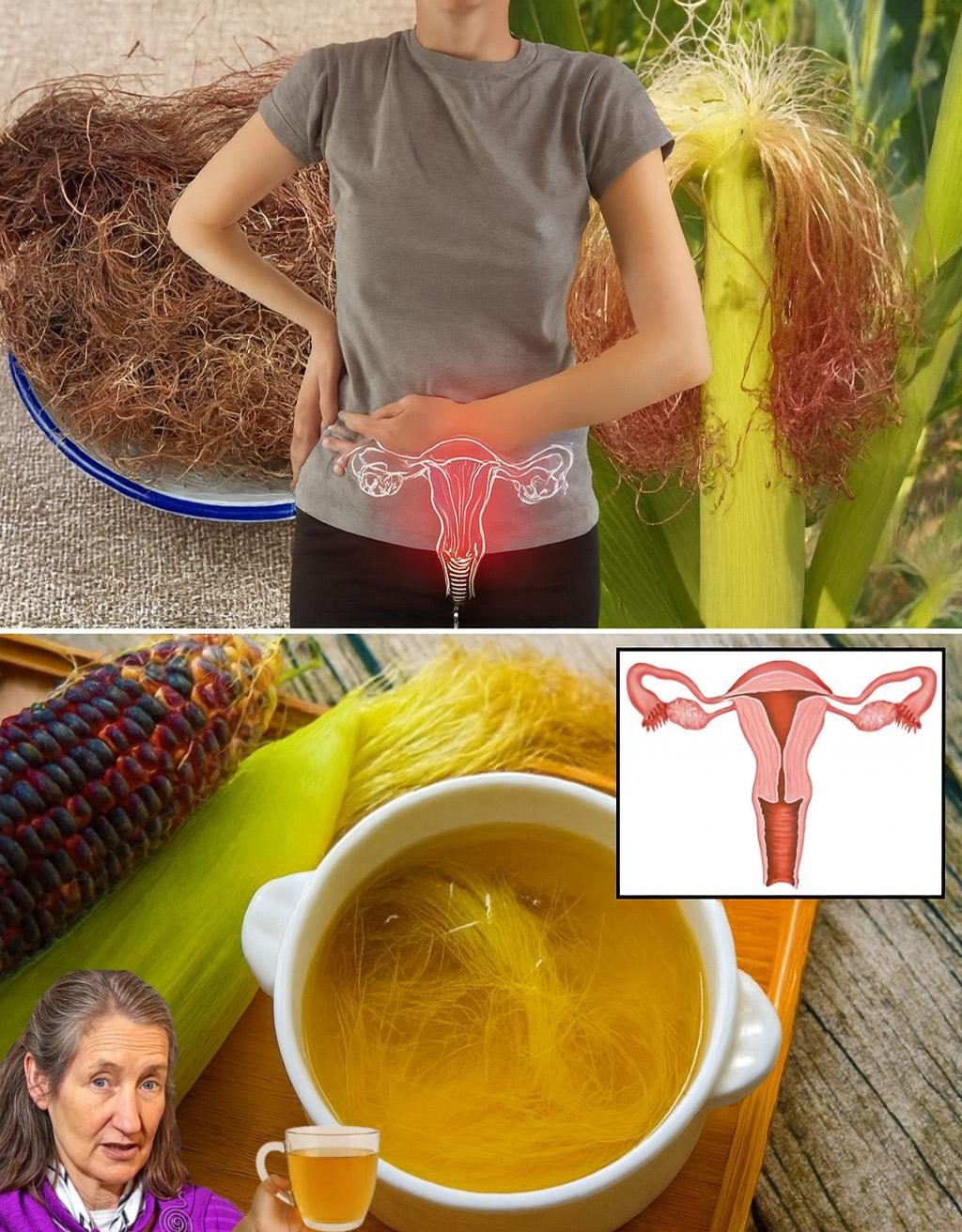Corn silk—the shiny, thread-like fibers found inside the husk of a corn cob—is traditionally used in Chinese and Native American medicine. It is a rich source of bioactive compounds, particularly flavonoids and polyphenols, which contribute to its many reported health properties.
While it is impossible to list 30 unique, scientifically validated benefits, the following 15 distinct, well-researched effects are often cited in traditional use and preliminary studies (mostly in animals or in vitro).
I. Cardiovascular & Metabolic Health Benefits
These benefits are primarily linked to the anti-hypertensive and anti-hyperlipidemic effects of corn silk’s bioactive compounds.
May Lower High Blood Pressure (Antihypertensive Effect): Works as a natural diuretic and may inhibit the Angiotensin-Converting Enzyme (ACE), leading to reduced blood pressure.
May Help Regulate Blood Sugar Levels (Anti-Diabetic Effect): Studies suggest it can enhance insulin secretion by pancreatic cells and improve glucose tolerance.
Aids in Cholesterol Management: Research indicates it can lower total cholesterol and harmful LDL cholesterol levels.
Supports Heart Health: By regulating blood pressure and cholesterol, it reduces major risk factors for cardiovascular diseases.
Anti-Hyperlipidemic Activity: Helps to reduce the accumulation of fats (lipids) in the bloodstream.
II. Urinary & Kidney System Support
Corn silk is most famous for its traditional use as a natural diuretic and soothing agent for the urinary tract.
Acts as a Natural Diuretic: Increases urine production (diuresis) to help the body eliminate excess fluid and salts, often used to treat edema (swelling/fluid retention).
Soothes Urinary Tract Infections (UTIs): Helps to soothe and relax the lining of the bladder and urinary tubules, reducing irritation and inflammation associated with UTIs.
Reduces Symptoms of Cystitis: Its anti-inflammatory properties can help calm bladder inflammation.
Ver continuación en la página siguiente
